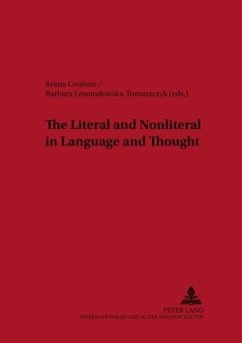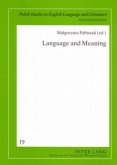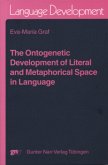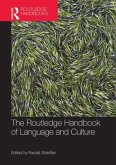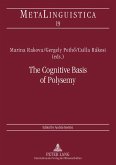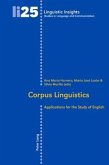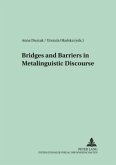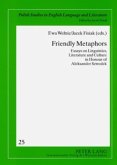The distinction between literal and nonliteral meaning can be traced back to folk models about the relationship between language and the world. According to these models, sentences can be seen as building a representation of the world they describe, and understanding a sentence means knowing how each linguistic element affects the construction of the representation. Papers in this volume connect these folk models to the more scientific notions of the literal/nonliteral distinction proposed by philosophers, linguists, and cognitive scientists. The current volume examines the literal/nonliteral distinction from a number of disciplinary and theoretical perspectives, outlining some of the problematic assumptions in traditional paradigms and pointing to promising directions for the study of meaning.
«This book did raise some very interesting issues overall. The role of Aristotle and his praise for metaphor, raised in one essay, suggests that this is an important area of study for societies that had contact with ancient Greek philosophical principles [...] considering the diversity of contributors, I was impressed by the structure of the book which was, overall, cohesive.» (R Natasha Amendola, Journal of the Australian Early Medieval Association)

